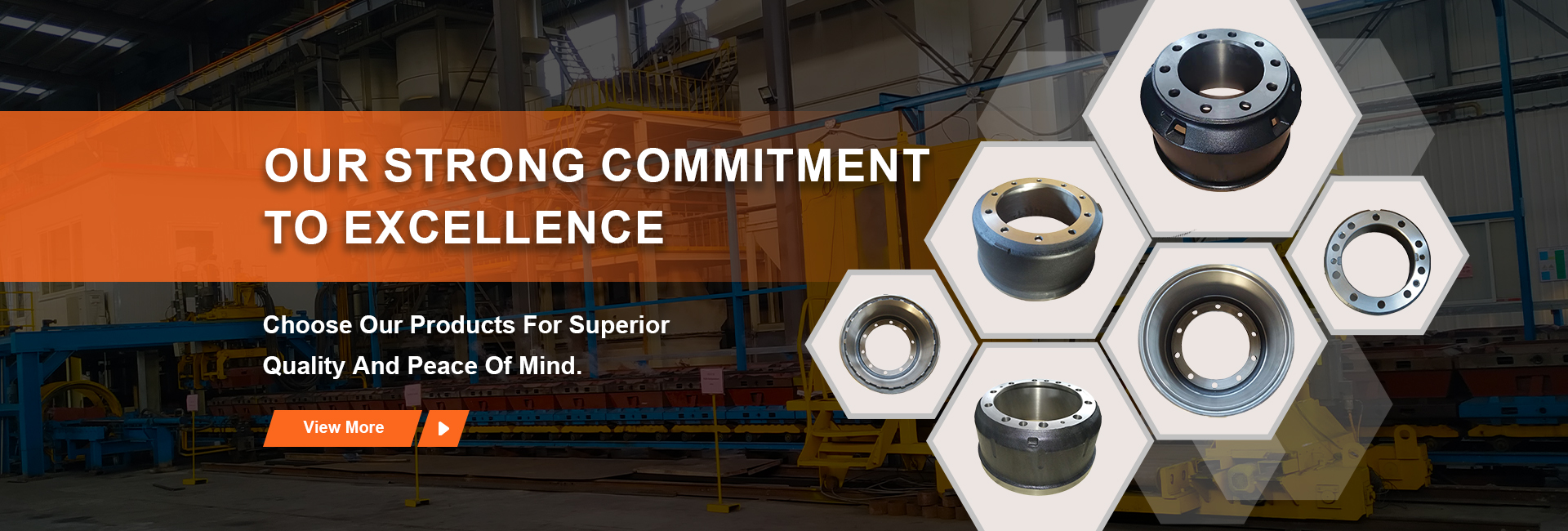
-
 Afrikaans
Afrikaans -
 Albanian
Albanian -
 Amharic
Amharic -
 Arabic
Arabic -
 Armenian
Armenian -
 Azerbaijani
Azerbaijani -
 Basque
Basque -
 Belarusian
Belarusian -
 Bengali
Bengali -
 Bosnian
Bosnian -
 Bulgarian
Bulgarian -
 Catalan
Catalan -
 Cebuano
Cebuano -
 Corsican
Corsican -
 Croatian
Croatian -
 Czech
Czech -
 Danish
Danish -
 Dutch
Dutch -
 English
English -
 Esperanto
Esperanto -
 Estonian
Estonian -
 Finnish
Finnish -
 French
French -
 Frisian
Frisian -
 Galician
Galician -
 Georgian
Georgian -
 German
German -
 Greek
Greek -
 Gujarati
Gujarati -
 Haitian Creole
Haitian Creole -
 hausa
hausa -
 hawaiian
hawaiian -
 Hebrew
Hebrew -
 Hindi
Hindi -
 Miao
Miao -
 Hungarian
Hungarian -
 Icelandic
Icelandic -
 igbo
igbo -
 Indonesian
Indonesian -
 irish
irish -
 Italian
Italian -
 Japanese
Japanese -
 Javanese
Javanese -
 Kannada
Kannada -
 kazakh
kazakh -
 Khmer
Khmer -
 Rwandese
Rwandese -
 Korean
Korean -
 Kurdish
Kurdish -
 Kyrgyz
Kyrgyz -
 Lao
Lao -
 Latin
Latin -
 Latvian
Latvian -
 Lithuanian
Lithuanian -
 Luxembourgish
Luxembourgish -
 Macedonian
Macedonian -
 Malgashi
Malgashi -
 Malay
Malay -
 Malayalam
Malayalam -
 Maltese
Maltese -
 Maori
Maori -
 Marathi
Marathi -
 Mongolian
Mongolian -
 Myanmar
Myanmar -
 Nepali
Nepali -
 Norwegian
Norwegian -
 Norwegian
Norwegian -
 Occitan
Occitan -
 Pashto
Pashto -
 Persian
Persian -
 Polish
Polish -
 Portuguese
Portuguese -
 Punjabi
Punjabi -
 Romanian
Romanian -
 Russian
Russian -
 Samoan
Samoan -
 Scottish Gaelic
Scottish Gaelic -
 Serbian
Serbian -
 Sesotho
Sesotho -
 Shona
Shona -
 Sindhi
Sindhi -
 Sinhala
Sinhala -
 Slovak
Slovak -
 Slovenian
Slovenian -
 Somali
Somali -
 Spanish
Spanish -
 Sundanese
Sundanese -
 Swahili
Swahili -
 Swedish
Swedish -
 Tagalog
Tagalog -
 Tajik
Tajik -
 Tamil
Tamil -
 Tatar
Tatar -
 Telugu
Telugu -
 Thai
Thai -
 Turkish
Turkish -
 Turkmen
Turkmen -
 Ukrainian
Ukrainian -
 Urdu
Urdu -
 Uighur
Uighur -
 Uzbek
Uzbek -
 Vietnamese
Vietnamese -
 Welsh
Welsh -
 Bantu
Bantu -
 Yiddish
Yiddish -
 Yoruba
Yoruba -
 Zulu
Zulu
technician a says that aluminum brake drums
The Benefits and Considerations of Aluminum Brake Drums
In recent years, the automotive industry has seen a growing trend towards the use of aluminum components in various parts of vehicles, including brake drums. Technician A highlights the advantages of aluminum brake drums, which are becoming increasingly popular among car enthusiasts and manufacturers alike. This article delves into the benefits and some considerations surrounding aluminum brake drums.
One of the foremost benefits of aluminum brake drums is their lightweight nature. Aluminum is significantly lighter than traditional cast iron, which can lead to a reduction in overall vehicle weight. This reduction can enhance fuel efficiency and improve handling dynamics. A lighter vehicle typically experiences less strain on its components, which can lead to extended lifespan and reduced maintenance costs.
Additionally, aluminum brake drums offer superior heat dissipation compared to their cast iron counterparts. When brakes are applied, they generate a considerable amount of heat. Efficient heat dissipation is vital in preventing brake fade, which can occur when the brakes overheat and lose effectiveness. Aluminum’s thermal conductivity allows for quicker cooling, which can enhance braking performance, especially in high-stress driving situations, such as racing or heavy towing.
technician a says that aluminum brake drums

Another advantage is corrosion resistance. Aluminum naturally forms a protective oxide layer that helps to prevent rust and corrosion. This feature is especially beneficial in regions where roads are treated with salt during winter, as it extends the service life of the brake drums and maintains their appearance over time.
However, switching to aluminum brake drums does come with some considerations. One significant factor is cost. Aluminum components are generally more expensive to manufacture than traditional cast iron ones. This higher cost can be a barrier for some budget-conscious consumers or manufacturers. Additionally, while aluminum is strong, it can be more prone to wear and deformation under extreme conditions compared to cast iron. This means that careful consideration of driving habits and usage is crucial when opting for aluminum brake drums.
Another point to consider is compatibility. Not all vehicles are designed to handle the different thermal and mechanical stresses imposed by aluminum brake drums. Automotive technicians recommend consulting with a professional to determine the best materials suited for specific vehicle models.
In conclusion, aluminum brake drums present compelling advantages, including weight reduction, excellent heat dissipation, and corrosion resistance. However, they also entail higher costs and require careful consideration regarding vehicle compatibility and driving conditions. As technology continues to evolve, understanding these materials’ pros and cons will help consumers and technicians alike make informed decisions, contributing to safer and more efficient driving experiences.
-
What Are Drum BrakesNewsJul.07,2025
-
Understanding Brake Drum MaterialNewsJul.07,2025
-
Semi-Trailer Brake Drum: A Key Component for Extreme Loads and Long-Distance TransportNewsJul.07,2025
-
Drum Brake Pads for SaleNewsJul.07,2025
-
Brake Drums for SaleNewsJul.07,2025
-
Brake Drum ManufacturerNewsJul.07,2025
-
Aluminum Brake Drums: The Future of High-Performance CarsNewsJul.07,2025
